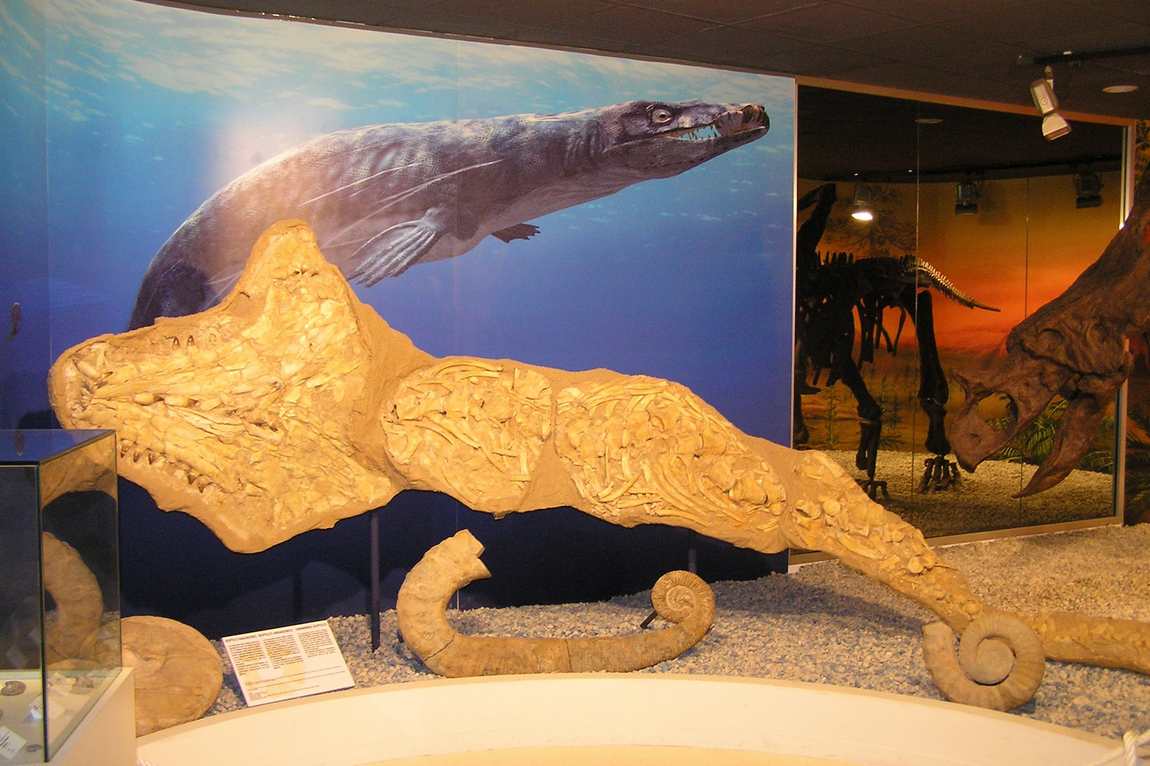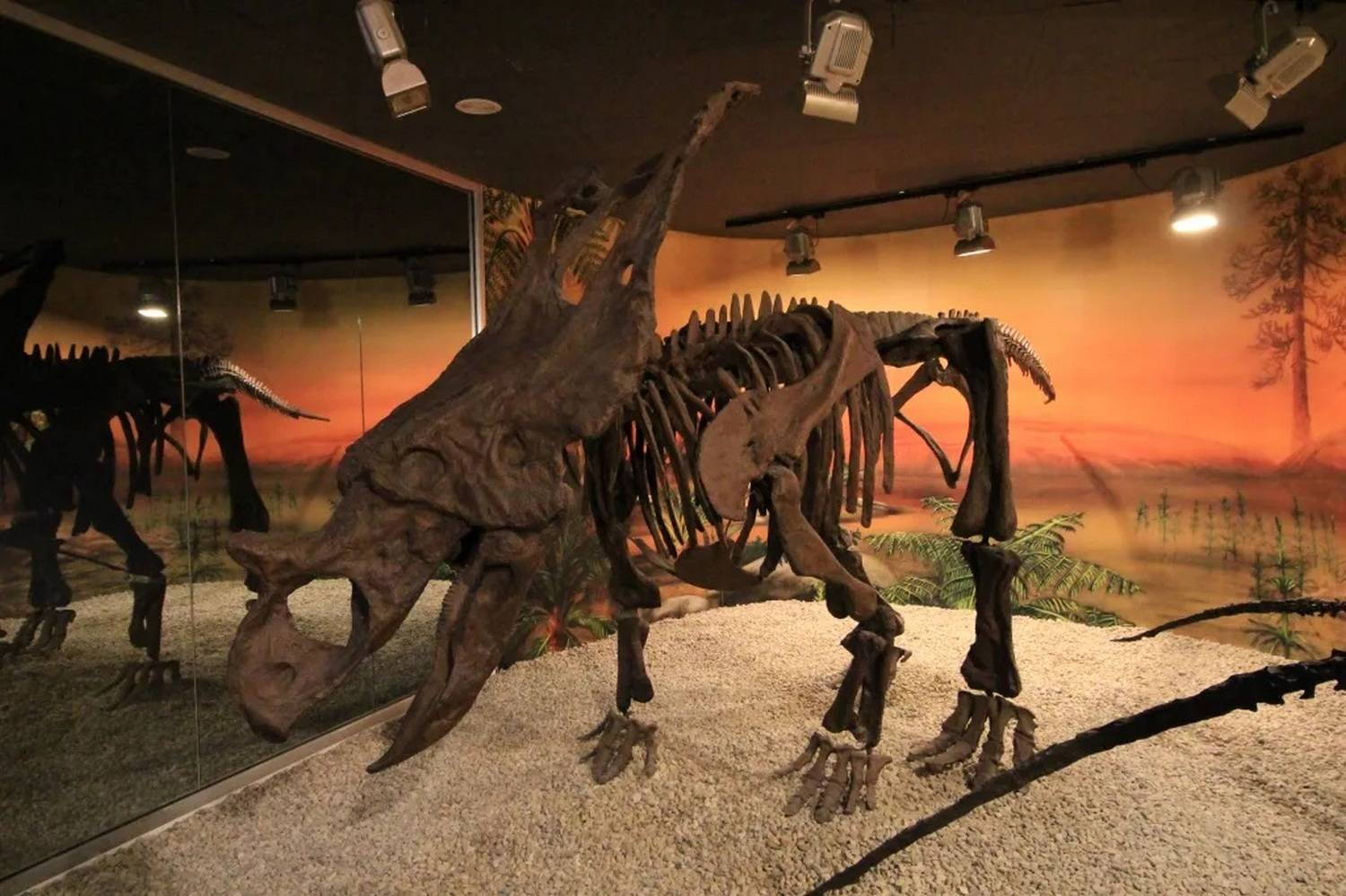The town of Elche in the Spanish province of Alicante has several attractions at once. If you come here with a child for the sake of the Rio Safari Zoo or the Palmeral Palm Grove, take the opportunity to visit the local paleontological museum. Its main trump card is the skeletons of prehistoric animals, but you can find many other exciting exhibits in the halls.
The Paleontological Museum in Elche (MUPE) did not appear by chance: archaeological and paleontological research is being carried out in the vicinity of the city, resulting in valuable objects being discovered. The exposition allows you to look deep into when only one supercontinent, Pangea, was on Earth. Skeletons of extinct dinosaurs are placed in the scenes depicting the lush thickets of the Mesozoic era. Travelling along the shop windows, you can follow through the geological era to when the first human ancestors appeared on the planet.

The whole adventure is to read the history of the Earth through fossils, bone fragments, and prints of ancient plants. The Museo Paleontológico de Elche contains shells of giant molluscs, ancient animals' remains, and great apes' skulls. Some skeletons are presented almost entirely, while others have only a few bones — but they are striking in their size. The skull of a tyrannosaurus Rex looks especially intimidating.
The presentation of the material is very unusual: some exhibits seem to be still in the ground, and only a very attentive visitor can discover them. That awakens in children an exploratory interest. The lighting and paintings on the walls make a particular impression.

Periodically, the museum hosts themed events and master classes, but they are conducted in Spanish. In front of the entrance to the Paleontological Museum is a small monument to the archaeologist Pere Ibarra and Ruiz, the findings of which formed the basis of the museum collection.
Note that the MUPE exposition is small so that you can plan several excursions to the tourist sites of Elchi at once.










